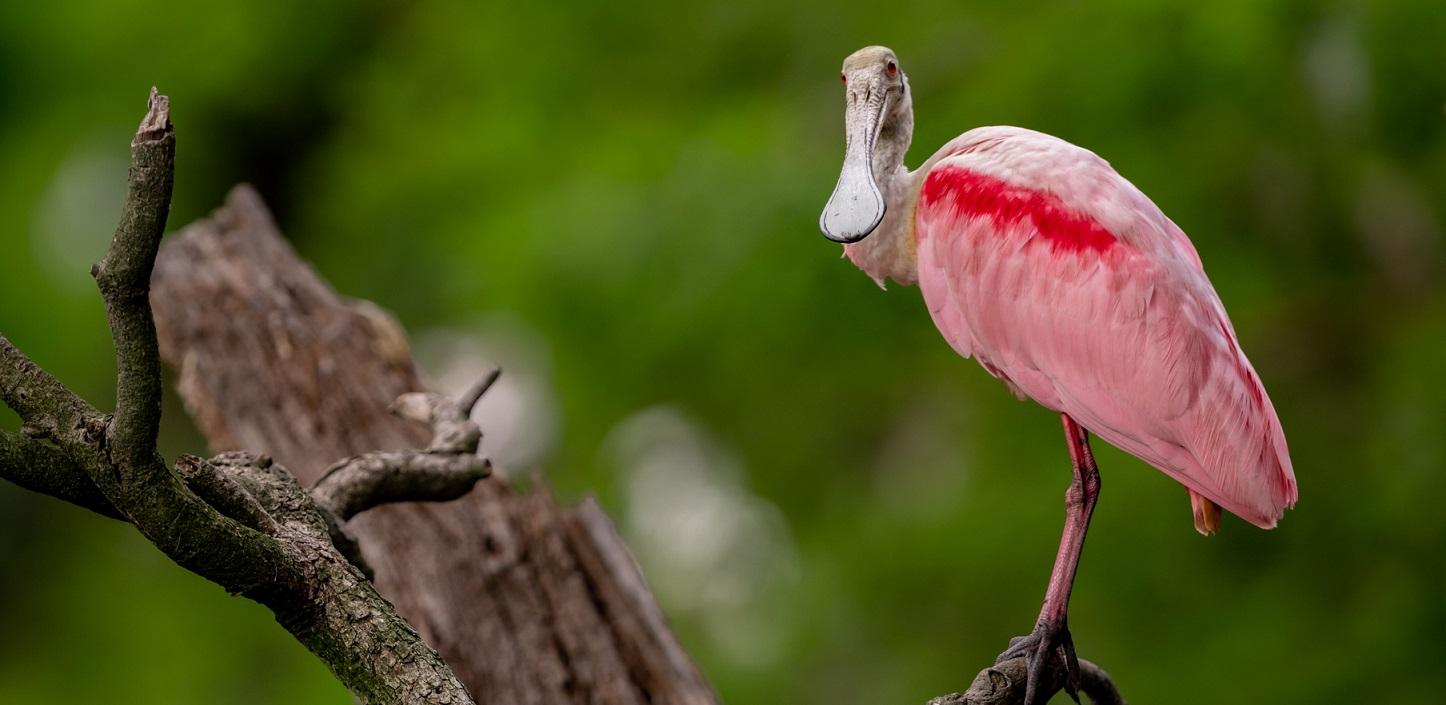
Gulf Environmental Benefit Fund
In early 2013, a U.S. District Court approved two plea agreements resolving certain criminal cases against BP and Transocean which arose from the 2010 Deepwater Horizon explosion and oil spill. The agreements directed a total of $2.544 billion to NFWF to fund projects benefiting the natural resources of the Gulf Coast that were impacted by the spill.
Between 2013 and 2018, NFWF’s Gulf Environmental Benefit Fund (GEBF) received a total of $1.272 billion for barrier island and river diversion projects in Louisiana, $356 million each for natural resource projects in Alabama, Florida and Mississippi, and $203 million for natural resource projects in Texas.
To date, the GEBF has supported 204 projects worth over $1.6 billion. These projects leverage or complement other conservation investments worth more than $1 billion, creating a total impact of more than $2.6 billion.
GEBF funds are awarded to state and local organizations with the boots on the ground, boats in the water and expertise on-hand to implement projects with immediate and long-term benefits to Gulf Coast natural resources. These awards have invested in projects to conserve and enhance coastal habitats, restore beach and dune habitats, protect habitat important to coastal bird species, enhance commercial and recreational fisheries, and increase the capacity of networks to respond to mass stranding events benefiting marine mammals and sea turtles.
In total, the 204 projects will:
- Protect, restore and enhance nearly 225,000 acres of wetlands and other coastal habitats, including more than 34,000 acres of marsh habitat, 2,600 acres of beach and dune habitat, and more than 130 miles of vulnerable shoreline
- Protect over 15,000 nests annually for priority beach-nesting birds in Alabama, Florida, Mississippi and Texas
- Increase sea turtle hatchlings by reducing light pollution and predation across Florida's Gulf Coast beaches
- Bolster fish populations through improved management and data collection
- Restore more than 1,100 acres of oyster reef
- Increase capacity to treat injured marine mammals and sea turtles
View a comprehensive list of projects awarded by the GEBF.
Senior Director, Gulf Environmental Benefit Fund
Director, Gulf Environmental Benefit Fund (AL, FL, MS)
Related Species
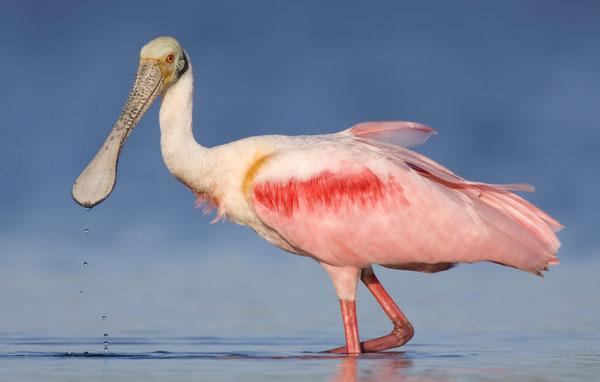
Roseate spoonbill
The striking roseate spoonbill is found in tropical and subtropical wetlands throughout the Americas. In the United States, it is found within the Gulf states where it remains uncommon and local.
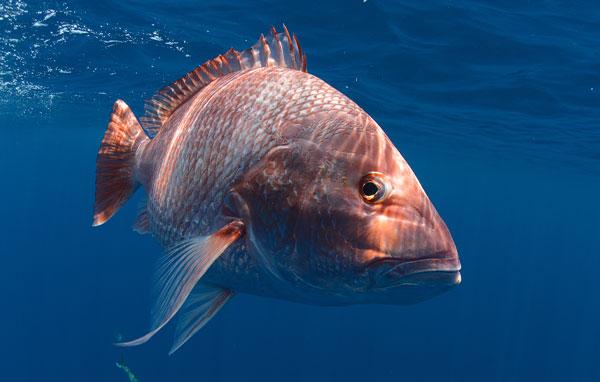
Red snapper
The red snapper is a long-lived reef fish typically found over deep reefs banks and rocky bottoms within the South Atlantic United States and the Gulf. Red snapper are one of the most popular sport fishes in the Gulf and support important recreational and commercial fisheries.
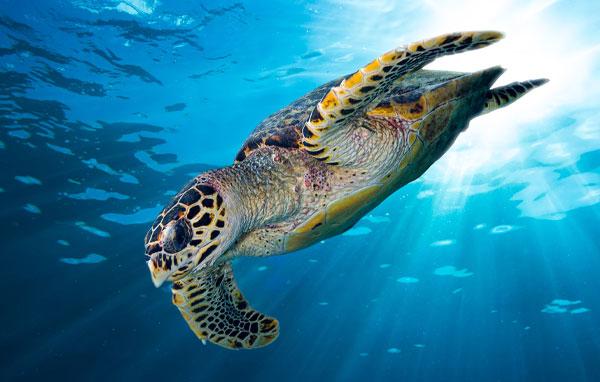
Sea turtles
There are seven different species of sea turtles, six of which are found in U.S. waters and are listed as threatened or endangered in a least a portion of their circumglobal range. These species include leatherback, loggerhead, Kemp’s ridley, olive ridley, green and hawksbill. For more than 100 million years, sea turtles have migrated long-distances over temperate and tropical oceans, spending most of their time at sea but returning to natal beaches to lay eggs.
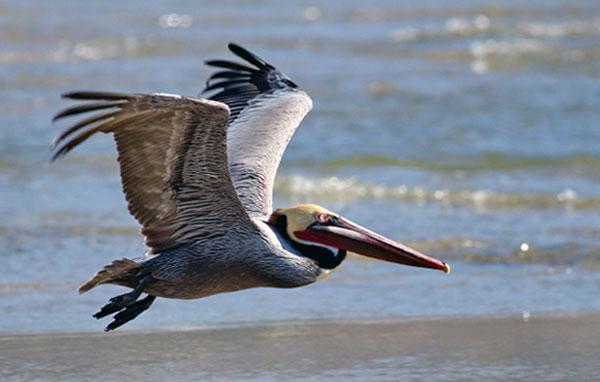
Brown pelican
Brown pelicans are a colonial nesting coastal seabird with five recognized subspecies found throughout the Atlantic and Pacific coasts of the Americas. Pelicans are well known for their plunge diving strategy—falling from heights above the sea's surface they stun small fish before scooping them up in their expandable throat pouch.
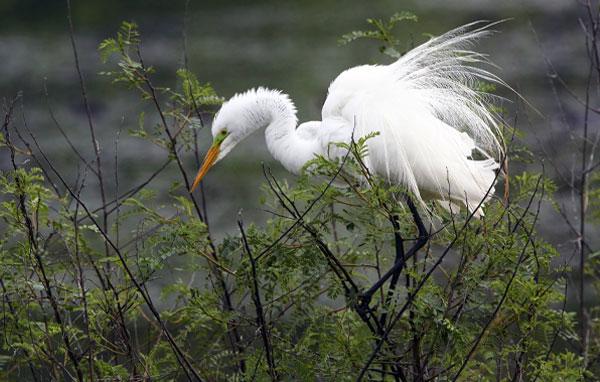
Great egret
The great egret is a common breeding species in many wetlands throughout the United States. However, this was not always the case. In the 19th and early 20th centuries, the bird was nearly eliminated from the country because of demand for its feathers as part of a hat trade. Following a ban on hunting the great egret in 1912, and the species has recovered to its former numbers.
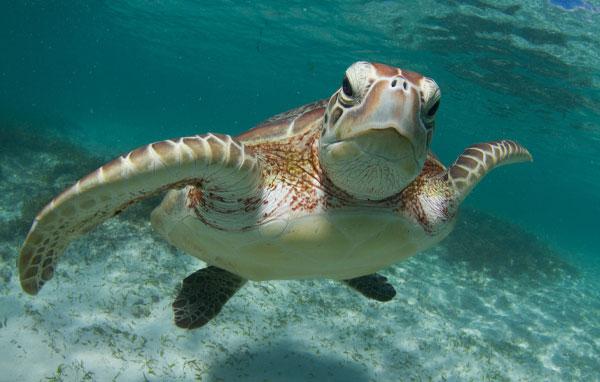
Green sea turtle
Green sea turtles are found around the world, nesting in more than 80 countries including on U.S. beaches, where sustained conservation efforts have contributed to increasing populations in Florida, Hawai'i and across all five U.S. territories. Reaching more than 300 pounds, these gentle giants feed almost exclusively on seagrasses and algae.
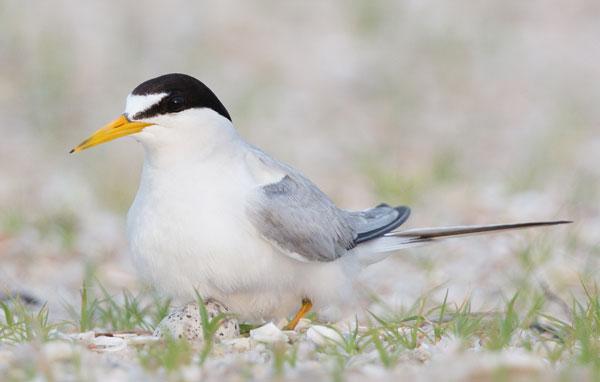
Least tern
Least terns are a small migratory North American tern with three distinct populations -- Atlantic coastal, interior and southern California. They are a vocal, colonial seabird vulnerable to development, human disturbance and predation on coastal nesting beaches. In some locations, least terns have begun successfully nesting on flat gravel roofs and are in general responsive to management actions.
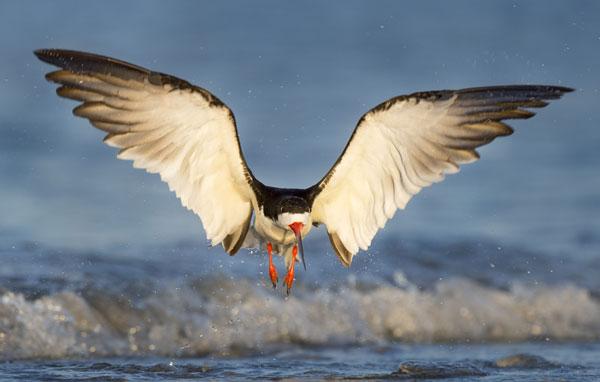
Black skimmer
Black skimmers are a beach-nesting, tern-like member of the gull family found across the Americas. The North American population migrates to the warmer waters of the Gulf and Caribbean during the non-breeding season. Skimmers are aptly named for their unique foraging strategy of skimming the water’s surface with their lower beak, or mandible, and snapping shut when it contacts a fish.
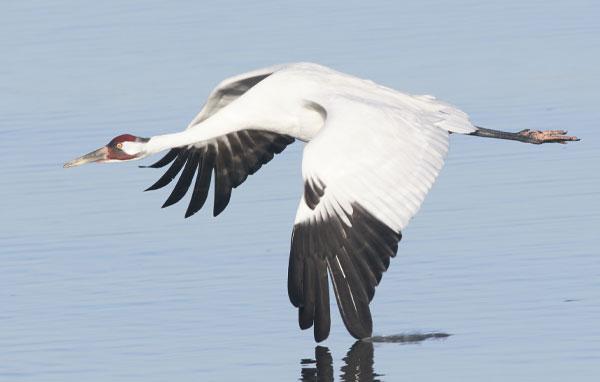
Whooping crane
The whooping crane is the tallest and one of the most threatened birds in North America. The only wild population winters along the Texas coast and migrates up to 2,500 miles to breed in or near Wood Buffalo National Park, Canada.
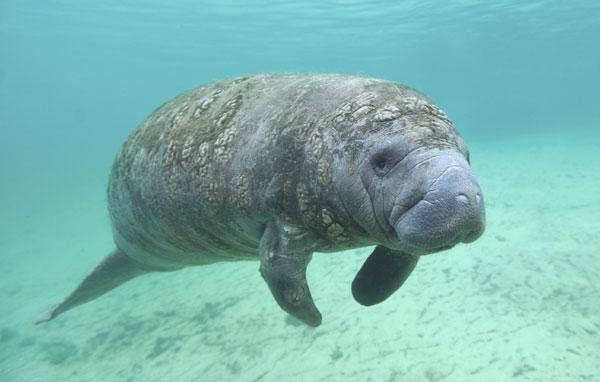
West Indian manatee
West Indian manatee have earned their nickname of “sea cows,” consuming about 32 pounds of aquatic plants each day and weighing more than 3,000 pounds. Found throughout the Caribbean, manatees are common in Florida where the populations have increased significantly in recent years, resulting in the species being downlisted from endangered to threatened in 2017.
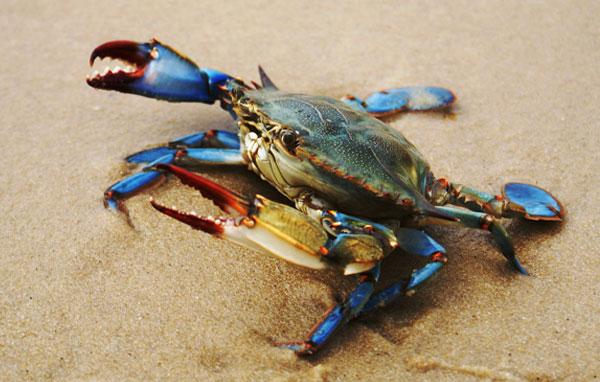
Blue crab
With their distinctive bright blue claws, blue crabs are one of the most iconic species of the Chesapeake Bay, where an estimated 594 million were found in 2019. These bottom-dwelling omnivores have a very wide geographic distribution that supports an important blue crab fishery in the Gulf Coast.
Related Programs
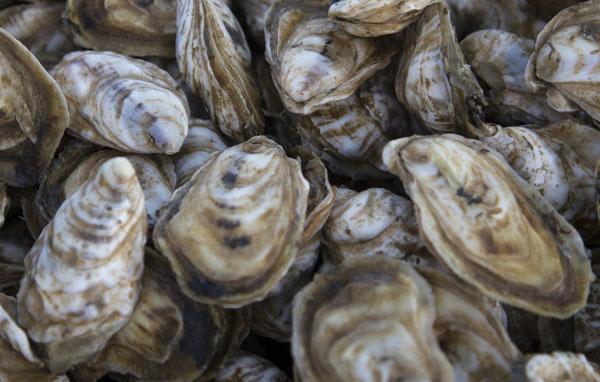
Eastern oyster
Eastern oysters have played a particularly prominent role in the culture, history, and economy of the Chesapeake Bay and other areas throughout the Gulf and Atlantic Coasts. Reefs serve as important habitat for a variety of aquatic species. However, overharvesting, disease and declines in estuarine and bottom habitats have ravaged native oyster populations. Eastern oysters now represent less than 2 percent of their peak historical populations.
Related Programs
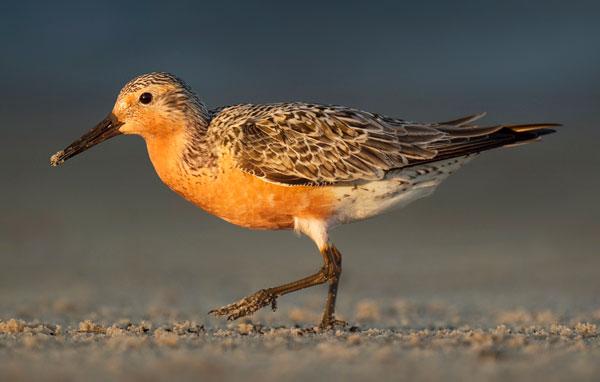
Red knot
The red knot is a shorebird known for long-distance migrations, with some populations traveling from Argentina to the Arctic every year. Stopover areas providing high-quality foraging habitat are critically important for the red knot. For example, large numbers of red knots arrive in Delaware Bay during their spring migration to feed upon horseshoe crab eggs, which provide an excellent source of energy that fuels completion of the northward migration and contributes to successful reproduction.
Related Programs
Related Business Plans
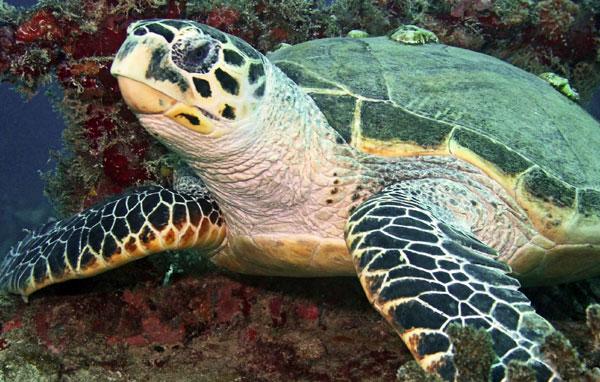
Northwest Atlantic loggerhead
Migrating far distances throughout the Atlantic Ocean from the Caribbean to Canada to the Mediterranean Sea, 90 percent of nesting activity for northwest Atlantic loggerhead sea turtles occur in Florida and the southeastern United States. The northwest Atlantic population has grown over the years showing positive signs of recovery, but loggerhead sea turtles continue to face threats from fishing and coastal development.
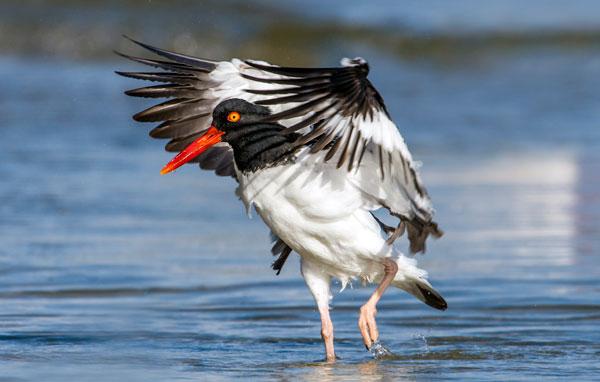
American oystercatcher
The American oystercatcher is a stocky shorebird who is characterized as a short-distance migrant whose movements are confined to the United States and adjacent Caribbean islands. The oystercatcher wades in shallow water and uses its powerful bill to pry open and feed on mollusks, so protecting and restoring near-shore feeding grounds are critical for this species.
